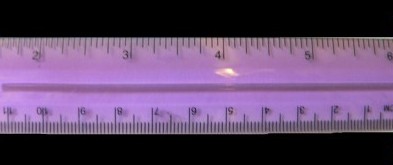
| GRAVITY Derivation of Gravity |
Derivation of the gravitational constant, G

|

|

|


|


Planck Length: a Gravity length, a Mass length |


Compton Length: an Inertial length, momentum, energy |

|

|

|



|

|
|
|

|

A Great Artist: Alfredo Rodriguez |

Irreverent, disruptive - Bad dog. |


|





|